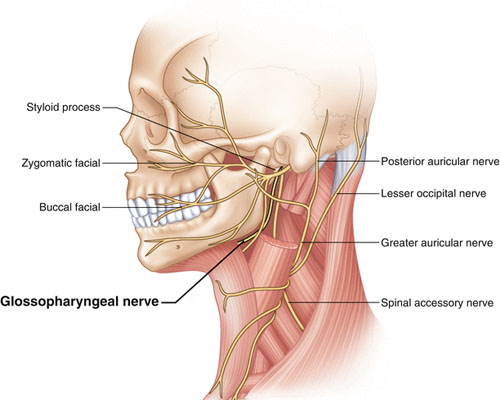Atypical Facial Pain Treatment (AFP)
This is also termed atypical facial neuralgia, chronic idiopathic facial pain,or psychogenic facial pain), is a type of chronic facial pain which does not fulfill any other diagnosis. There is no consensus as to a globally accepted definition, and there is even controversy as to whether the term should be continued to be used. Both the International Headache Society (IHS) and the International Association for the Study of Pain (IASP) have adopted the term persistent idiopathic facial pain (PIFP) to replace AFP.
In the 2nd Edition of the International Classification of Headache Disorders (ICHD-2), PIFP is defined as “persistent facial pain that does not have the characteristics of the cranial neuralgias and is not attributed to another disorder. However, the term AFP continues to be used by the World Health Organization’s 10th revision of the International Statistical Classification of Diseases and Related Health Problems and remains in general use by clinicians to refer to chronic facial pain that does not meet any diagnostic criteria and does not respond to most treatments.
The main features of AFP are no objective signs, negative results with all investigations/ tests, no obvious explanation for the cause of the pain, and a poor response to attempted treatments.

Signs and symptoms
Some sources list some non-specific signs that may be associated with AFP/AO. These include increased temperature and tenderness of the mucosa in the affected area, which is otherwise normal in every regard.
Patient often reports symptoms of paresthesia, pain, and throbbing. Physical examination may be normal, but hypoesthesia, hyperesthesia, and allodynia may be found.
Lower Back Pain Symptoms – What are they?
Diagnostic Injections in the spine can be done to establish the cause of your pain. Few tests done are –
- Selective root or transforaminal Epidural steroid injections,
- facet joint or its nerve block, if positive then treated by radiofrequency ablation (RFA)
- Provocative discography, and if its positive than treated with Percutaneous Disc FX Discectomy, Dekompressor / ozone discectomy, Percutaneous endoscopic transforaminal discectomy.
The features of atypical facial pain can be considered according to the Socrates pain assessment method
The pain is often poorly localized, but is usually located in the region of the maxilla (upper jaw), which is affected more than the mandibular region, although sometimes both may be affected. The pains location does not correlate to the anatomic distribution of trigeminal nerve, and may be located unilaterally (more usually) or bilaterally. Sometimes the pain may be seem to be located in a tooth that has been previously extracted, or associated with a previous surgical procedure. Over time the pain may migrate, spontaneously or as a response to interventions, to other sites, or slowly expand. Where the teeth are involved, usually a whole quadrant is affected.
Usually present continuously for months or years, with intermittent periods of increased pain, and an overall gradual increase in pain over time. Sometimes the onset may be mistakenly attributed by the individual to a dental procedure in the past.
Usually described as dull, aching pain. Sometimes the pain is hard to describe, and affected individuals resort to emotive words to describe the pain. Other descriptions include “gripping”, “gnawing”, “nagging”, “vice-like”, “crushing”, “burning”, “deep” or “pressure”.
The pain may radiate in anatomically impossible ways, e.g. crossing anatomic borders such as dermatomes or the midline. AFP may extend to involve the temple, neck, or occipital region (the back of the head).
There is a strong association with depression and anxiety. Sometimes other conditions may be associated, such as irritable bowel syndrome, neck pain, back pain, pelvic pain, fibromyalgia, subjective xerostomia (a dry mouth symptom with no identifiable cause), dysgeusia (bad taste), headaches,dysmenorrhea (excessive period pains), Chronic fatigue syndrome, or Dyspepsia.
Pain is continuous throughout the day, or less commonly may be intermittent.
No usual precipitating or relieving factors. Notably simple analgesics do not usually relieve the pain and there are no “trigger zones” (as with trigeminal neuralgia). Facial movements also do not usually trigger the pain. Stress can make the pain worse.
The intensity is variable, but usually described (by clinicians) as moderate to severe, and may be as severe as trigeminal neuralgia (but the pain is of different character, especially with regards AFP usually being continuous rather than the paroxysmal pain seen in trigeminal neuralgia).
AFP does not usually wake people from sleep.
Possibly multiple failed attempts at previous medical and/or dental treatment, e.g. tooth extraction. Sometimes a treatment may provide temporary relief, only for the pain to return days or weeks later, or in a different part of the face.



